Sikorsky Product History
Sikorsky S-63
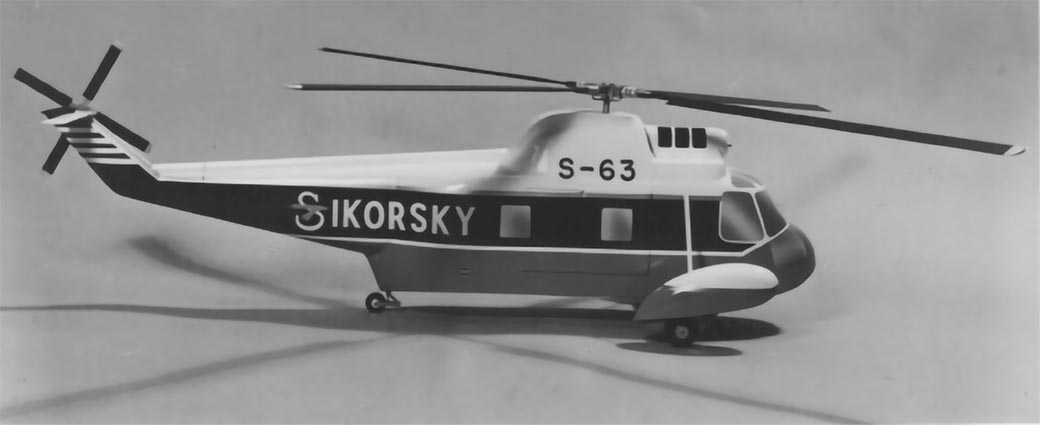
Background
The S-63 was a prototype for a growth S-62, a single-turbine-engined utility helicopter then in production. The S-62 used the dynamic systems of the piston-engined S-55 with a new amphibious fuselage, with a boat hull, and a single turbine engine. It entered production in1960.
The S-63 extended this concept by using the S-62 fuselage with the dynamic components of the larger Sikorsky S-58/H-34. Whereas the S-62 had the S-55’s 52 ft. diameter three-bladed rotor, the S-63 had the S-58’s four-bladed rotor with the diameter cut down from the 56 ft. on the S-58 to 53 ft. The S-62 used a General Electric T-58-GE-8 engine derated to 670 horsepower, later upgraded to 730 horsepower. The S-63 used the same engine at its full rated military power of 1250 horsepower.
Sikorsky Archives records indicate one of the primary potential customers was the Royal Canadian Navy to be based on frigates or destroyer escorts. Other customers envisioned included those with high-altitude requirements beyond what the S-62 could achieve.
The specific dates for the S-63 development are not clear. The S-62 had a first flight in May 1958 and its first production delivery July 1960. The aircraft specification document for the S-63 is dated August 4, 1958. Other available S-63 documents are dated in late 1958 and early 1959. All of these are pre-fabrication documents. The dates for first flight and subsequent activities are not known.
None of these opportunities proved fruitful and only the one prototype aircraft was produced.
Configuration Features
The primary feature of the S-63 was the S-62’s amphibious boat hull fuselage combined with a higher-power dynamic system. The aircraft was designed for the Navy Utility Mission, including operating from a navy cruiser with a 22’ x 17’ elevator. It was also suitable for civil utility missions. The fuselage was sized for 12 passengers or six litters. The primary structure was of aluminum alloy semi-monocoque construction. The fuselage below and including the cabin floor was of water tight construction. Floats were included which, together with the watertight lower fuselage, provided floatation for emergency landing.
The cockpit was designed for two persons in a side-by-side configuration. The main landing gear was retractable; the tail wheel was fixed. A rotor brake was included.
The control system was of conventional Sikorsky design at the time. Complete provisions for an automatic stabilization device (auto-pilot) were included.
General Arrangement Drawing

General Characteristics and Performance
| S-62 | S-63 | |
|---|---|---|
| Design Gross Weight | 8,100 lbs | 9,359 lbs |
| Maximum Gross Weight | 8,300 lbs | 12,500 lbs |
| Empty Weight | 5,083 lbs | 6,645 lbs |
| Useful Load | 3,017 lbs | 2,894 lbs |
| Rotor Diameter | 52 ft | 53 ft |
| No. of Rotor Blades | 3 | 4 |
| Rotor Tip Speed | 586 fps | 600 fps |
| Engine: | T-58-GE-8 | T-58-GE-8 |
| Military Power | 1250 hp | |
| Normal Rated Power | 730(Derated) | 1050 hp |
| Maximum Speed | 95 kts | 135 kts |
| Cruise Speed | 85 kts | 125 kts |
| Vertical Rate of Climb | 1,080 fpm | 2,000 fpm |
- by Art Linden
Related Articles
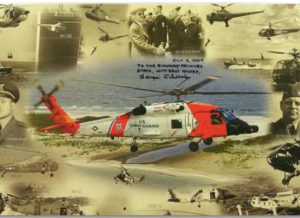
Sikorsky Serves the Coast Guard
A flight demonstration of Igor Sikorsky’s VS-300A helicopter at Bridgeport, Connecticut in April 1942 started an air-sea rescue revolution in the U.S. Coast Guard.
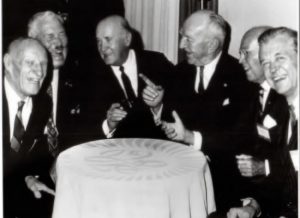
Predictions of a Pioneer
Igor Sikorsky’s predictions for air travel in general and for helicopters in particular have been largely realized or surpassed.
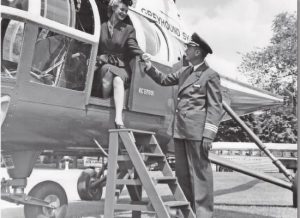
Sikorsky Helicopters in Airline Service
Early in the evolution of Sikorsky helicopters, Igor Sikorsky and his team envisioned scheduled passenger flights serving major cities.

U.S. Coast Guard and Sikorsky Celebrate Significant Events
The United States Coast Guard and Sikorsky Aircraft celebrated two significant events in 2016. One century of United States Coast Guard aviation and the 127th birthday of Igor Sikorsky.
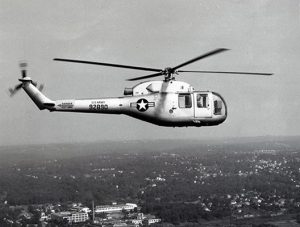
Sikorsky Aircraft in the 1960s
The decade of the 1960s gave birth to the era of Sikorsky turboshaft engine-powered helicopters.
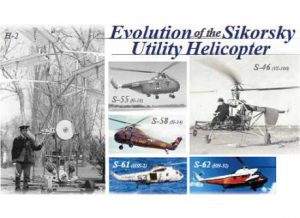
Evolution of the Sikorsky Utility Helicopter
This newsletter focuses on the evolution of Sikorsky utility helicopters.
